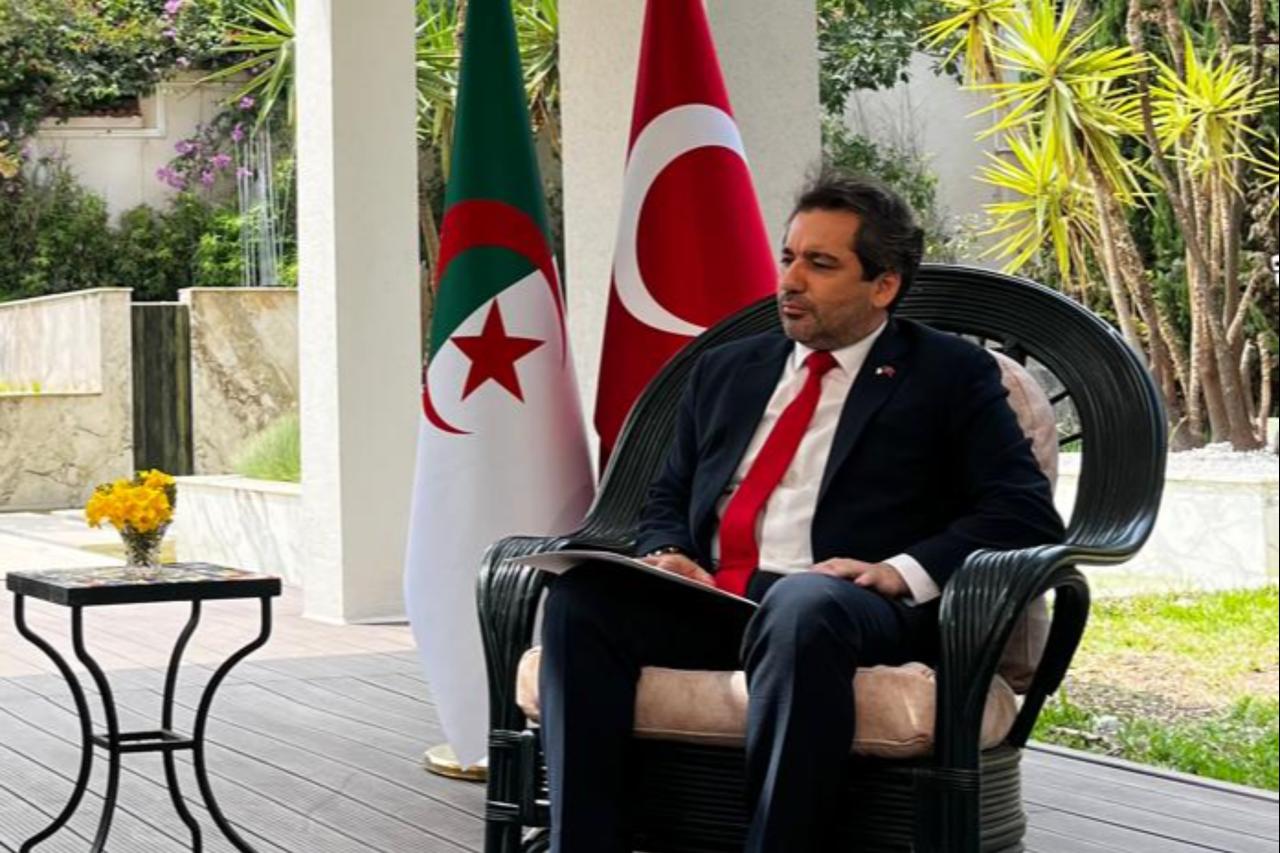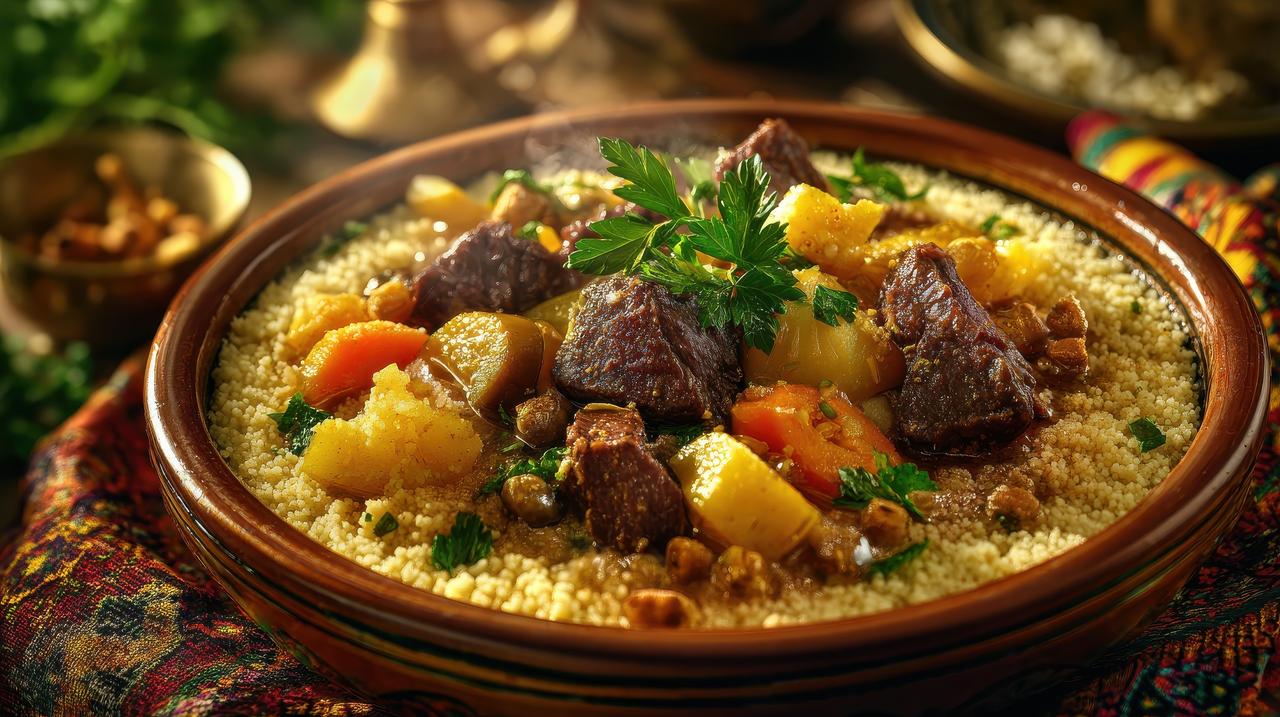
Ankara’s ambassador to Algeria, Mehmet Mucahid Kucukyilmaz, revealed in an interview with Anadolu that an estimated 5% to 20% of Algeria’s population is of Turkish descent, highlighting that relations between the two countries continue to be strengthened on social, cultural, economic, and political foundations.
He noted that Turkish descent families can often be identified by surnames such as Sari, Kara, Parutci, and Telci.
He added, “These families can often be identified by surnames such as Sarı, Kara, Parutci, and Telci. Some came directly from Anatolia, while others descend from the kul-oglu families, descendants of the Janissaries.”
He noted that Ahmed Bey, known for his role in resisting the French occupation, also belonged to the kul-oglu lineage.
"When you visit the markets, people either tell you about their Turkish roots or greet you with words they learned from Turkish TV series," he continued.
“In one instance, a shopkeeper wanted to gift my wife a curtain in his store—this is just a small gesture, but it reflects genuine warmth,” added Kucuk Yilmaz.
Having visited 25 of Algeria’s 58 provinces, he now notes that cultural diversity is evident across the country.

The ambassador also noted that similarities between the two societies are evident in other areas, including cuisine, architecture, and clothing.
He continued: “Everywhere you go, there are different traditions, diverse cuisines, and distinctive clothing, but the common thread is hospitality. Any home you enter here reminds you of what we see in Anatolia in Türkiye.”
He emphasized the uniqueness of Algerian cuisine and its connection to Turkish culinary traditions, saying, “Algeria has its own dishes, such as couscous, grilled meats, and mardum.”
He added, “You will also find dishes on tables that carry the same names as those in Türkiye, such as borek, baklava, dolma, eriste, and shakshuka. This is evidence of the deep ties between the two countries.”
He also highlighted the similarities in clothing and traditional crafts, saying, “The caftan here is very similar to ours in both style and name.”
He added, “As for handicrafts, the copper engravings, decorative techniques, and motifs used are completely familiar to us in Anatolia.”

Speaking about architecture, he said, “Walking through the alleyways of the Kasbah feels like strolling through Istanbul’s Suleymaniye or Fatih neighborhoods,” noting that “the only difference is that here, alongside the Ottoman heritage, one can also breathe the essence of Andalusia.”
He continued: “After Khair ad-Din Barbarossa liberated Algiers from the Spaniards, he welcomed the people of Andalusia along with their administrative expertise, creating this unique cultural blend.”
Kucuk Yilmaz described the post-Ottoman period (1830–1962) as “years of loss,” noting that after Algeria’s independence, Türkiye was among the first countries to recognize the nation and opened its embassy in Algiers in 1963.
He added that, according to the late Turkish politician Alparslan Turkes, late Turkish politician and founder of the Nationalist Movement Party, 200 cannons and 20,000 rifles were sent to Algerian fighters via Libya, coordinated by the late Turkish Prime Minister Adnan Menderes with Libya’s government at the time.
Kucuk Yilmaz added, on the occasion of completing his second year in Algeria, that these relations between Türkiye and Algeria are paving the way for a stronger shared future.
"Türkiye and Algeria share historical ties and closely aligned political positions that reflect a common destiny between the two countries," he concluded.